Spark Discussion
What if the sunrise wasn’t a guarantee? Take a second and really think about that. What if every single dawn was a hard-won victory, a prize wrestled from the bony clutches of darkness in a cosmic championship game played for the highest stakes imaginable? For you and me, the sun comes up like clockwork. It’s the one thing we can count on, the ultimate symbol of a fresh start. But for the ancient Maya, who built breathtaking stone cities in the heart of the jungle, the sunrise was the climactic final scene of a brutal, terrifying, and utterly spectacular drama that played out every single night. This wasn’t just a story they told around the campfire; it was the operating system of their universe, and at its very heart was the incredible, multifaceted figure of the Mayan Sun God.
Now, when we think of a sun god, we usually picture some radiant, golden dude in a chariot, right? Apollo, Ra, someone majestic and maybe a little aloof. The Maya had that guy—his name was Kinich Ahau, or “Sun-Faced Lord”—but he was so much more. He wasn’t just chilling on a celestial throne. When the sun set, he didn’t just clock out. He transformed. He became the Jaguar God of the Underworld, a fearsome, night-walking deity who had to navigate the nine levels of a hellish realm called Xibalba, which translates to the “Place of Fright.” Every night, he had to brawl his way through death gods and demonic creatures, only to be reborn, bloody and victorious, in the east the next morning. It’s an exhausting commute, to say the least. But the most incredible story about how this whole cosmic cycle got started doesn’t even feature Kinich Ahau as the main character. Instead, it’s the story of two of the greatest heroes you’ve probably never heard of: the Hero Twins, Hunahpu and Xbalanque.
Their story, laid out in the sacred Mayan text, the Popol Vuh, is part epic adventure, part supernatural thriller, and part cosmic sports movie. It all begins with their father and uncle, who were also twins and, more importantly, legendary players of the Mayan ballgame, Ōllamaliztli. Imagine a sport that’s a mix of volleyball, soccer, and a life-or-death ritual, where you can only hit a solid nine-pound rubber ball with your hips, thighs, and shoulders. These guys were so good, and their game was so loud, that their stomping and shouting annoyed the heck out of the beings living directly below them: the ghoulish Lords of Xibalba. So, the death gods, with names like “Stabbing Demon” and “Skull Scepter,” tricked the father and uncle into the underworld and, after a series of rigged trials and a fixed ballgame, sacrificed them. They hung the father’s head in a barren tree, which then, just to show how magical this guy was, immediately grew fruit. Classic, right?
But the story doesn’t end there. A curious goddess maiden approaches the tree, and the skull-head spits into her palm, miraculously impregnating her with our heroes, Hunahpu and Xbalanque. Fast forward a bit, and the boys grow up to be even better ballplayers than their dad. And guess what? Their thunderous playing once again ticks off the perpetually grumpy Lords of Xibalba. The invitation comes again: “Come on down to the underworld for a friendly game.” The twins know it’s a trap. Their father and uncle fell for it, but these boys are different. They aren’t just jocks; they’re tricksters.
What follows is one of the most incredible sequences in world mythology. The twins descend into Xibalba, but they come prepared. They know the death gods will try to trick them with wooden mannequins, so they send a mosquito ahead to bite everyone and figure out who the real gods are by their yelps of pain. They cleverly survive the first trial, a night in the House of Gloom. But the trials get progressively worse, like some kind of divine horror-themed escape room. They’re thrown into the House of Knives, filled with self-operating blades; the House of Cold, where they survive by huddling together; the House of Jaguars, where they distract the hungry cats with a pile of bones.
The most famous trial, though, is the House of Bats. This place is filled with Camazotz, monstrous death bats. The twins hide inside their blowguns to wait out the night. At one point, Hunahpu peeks his head out to see if the sun has risen, and in a flash, a bat swoops down and rips his head clean off. It’s brutal. Xbalanque, ever the resourceful one, quickly fashions a new head for his brother out of a squash while the death gods take the real head to use as the ball in their next game. Can you even imagine that? Playing a championship game against the gods of death, using your own brother’s head as the ball? The stakes have literally never been higher.
Through a series of clever tricks, they manage to swap the head back, and the ballgame continues. But the twins know they can’t beat the Lords of Xibalba at their own game forever. The death gods are immortal cheaters. So, they hatch a plan that is so audacious, so utterly brilliant, it changes the fabric of reality. Knowing the Lords plan to burn them in a giant oven, the twins decide to take control of their own destiny. They look at each other, say, “Those who die here will live again,” and leap into the fire, sacrificing themselves. The death gods are ecstatic. They grind the twins’ bones into dust and sprinkle them into a river. Game over, right?
Wrong. This is where the magic really kicks in. Five days later, the twins are reborn from the river, first as catfish, and then they emerge onto the banks as wandering performers. They travel Xibalba disguised as raggedy old magicians, performing incredible feats. Their main act is a showstopper: one twin sacrifices the other, cutting him into pieces, and then magically reassembles him, bringing him back to life. News of this amazing act reaches the Lords of Xibalba, who, being rather bored and arrogant, summon the performers to their court. They are so blown away by the resurrection trick that the head honchos of hell, One Death and Seven Death, shout, “Do it to us! Sacrifice us, too! We want to feel what it’s like!”
You can see where this is going. The Hero Twins look at each other, a silent understanding passing between them. They happily oblige, sacrificing the death gods one by one. And then… they just don’t bring them back. They defeated death itself, not with swords or brute strength, but with cleverness, artistry, and the ultimate self-sacrifice.
With the underworld conquered and its power broken, the stage was set for the grand finale. The twins rose from Xibalba, climbing up, up, up into the sky. And there, they were transformed. The brave and clever Hunahpu became the Sun, our boy Kinich Ahau. And his loyal, resourceful brother, Xbalanque, became the Moon. By conquering the underworld, they didn’t just avenge their father; they established the celestial cycle. They created the cosmic law that dictates that the sun must descend into darkness each night, but because of their victory, it will always have the strength and the right to rise again.
This isn’t just a cool story. It’s the philosophical and spiritual bedrock of Mayan civilization. Think about what it tells us. It tells us that life and death are not opposites, but two sides of the same coin, a constant cycle of transformation. The ballgame itself was a ritual reenactment of this cosmic struggle, a way to participate in the maintenance of the universe. The story champions brains over brawn, celebrating the trickster who outwits the powerful. And most importantly, it frames the daily appearance of light not as a gentle gift, but as a triumph. Every sunrise is a testament to the heroes who faced down the darkness and won. Every ray of light is a reminder of their courage and sacrifice. This story is etched into their temples, their calendars, and their very understanding of time. It gave their world meaning, assuring them that even in the darkest night, the jaguar sun was fighting for them, and the dawn would come.
So, the next time you see the sun peek over the horizon, maybe take a moment. Don’t just see it as the start of another day. Picture it as the end of a ferocious battle, the successful completion of a perilous journey through the Place of Fright. See it as a hero, reborn and climbing into the sky to give us warmth and light. It makes that morning cup of coffee taste a little more epic, doesn’t it?
It makes you wonder, what other profound truths are hiding in the old stories we’ve forgotten? These tales aren’t just quaint folklore; they are complex blueprints of the human spirit, wrestling with the biggest questions of existence. The Maya found their answer in a pair of trickster twins who played ball with death and won. What story does your culture tell to explain the sunrise, or what personal myth do you have for the daily struggle between darkness and light? Let me know what you think in the comments below.
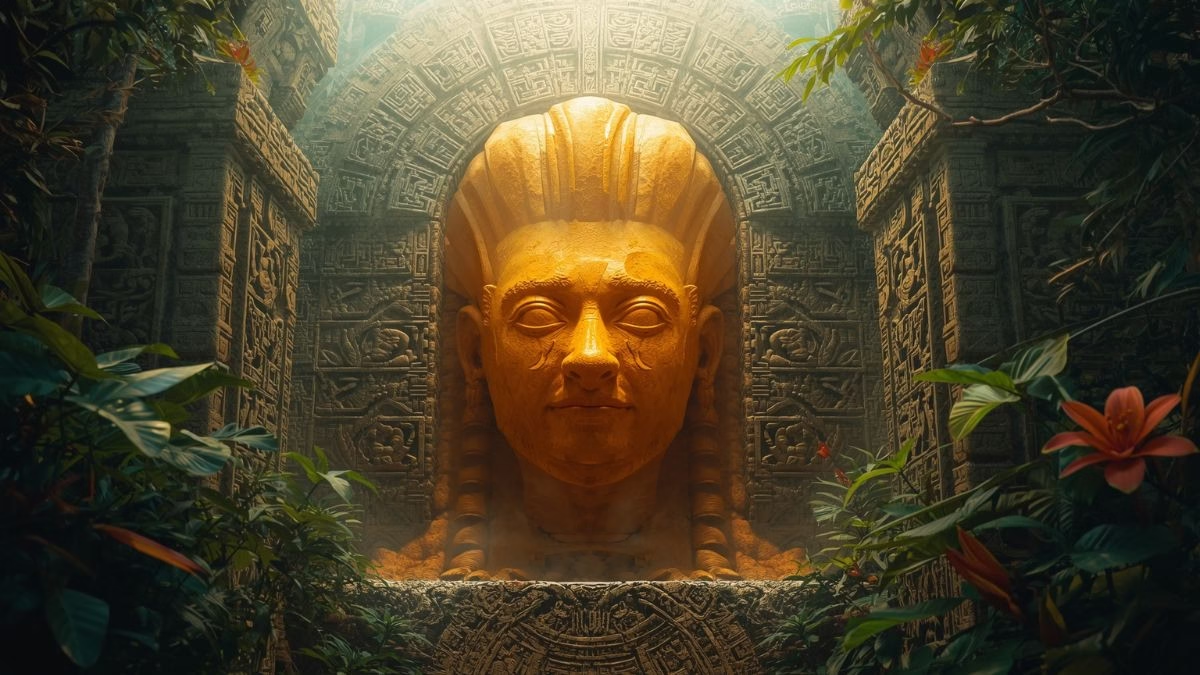
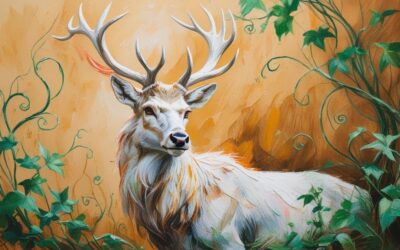
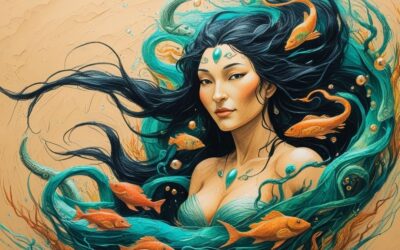
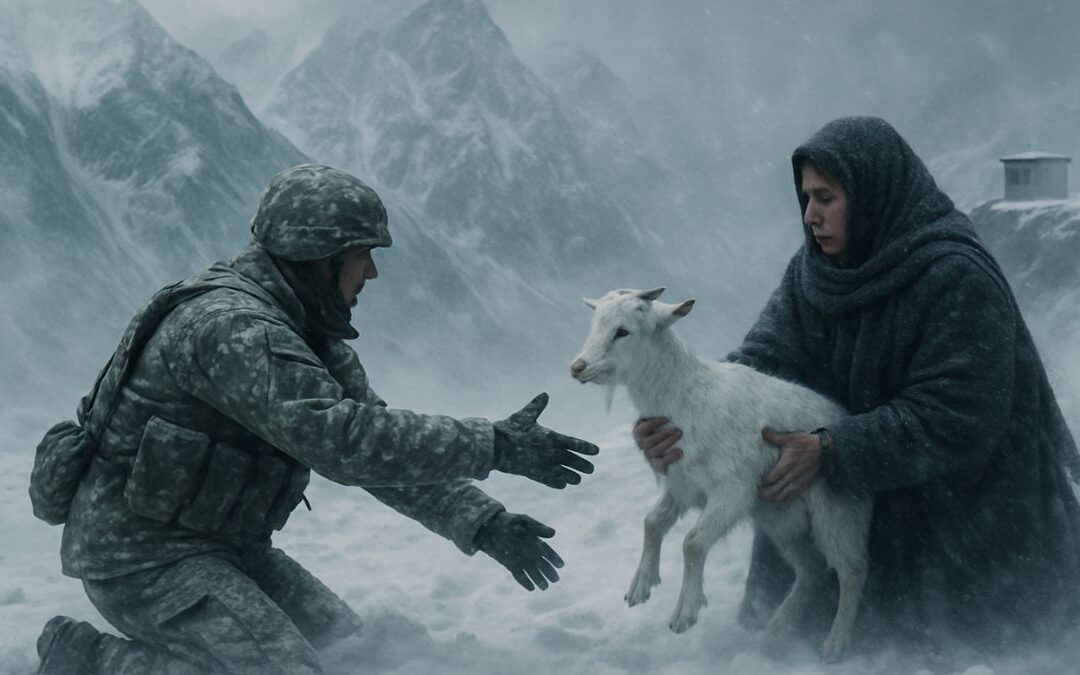
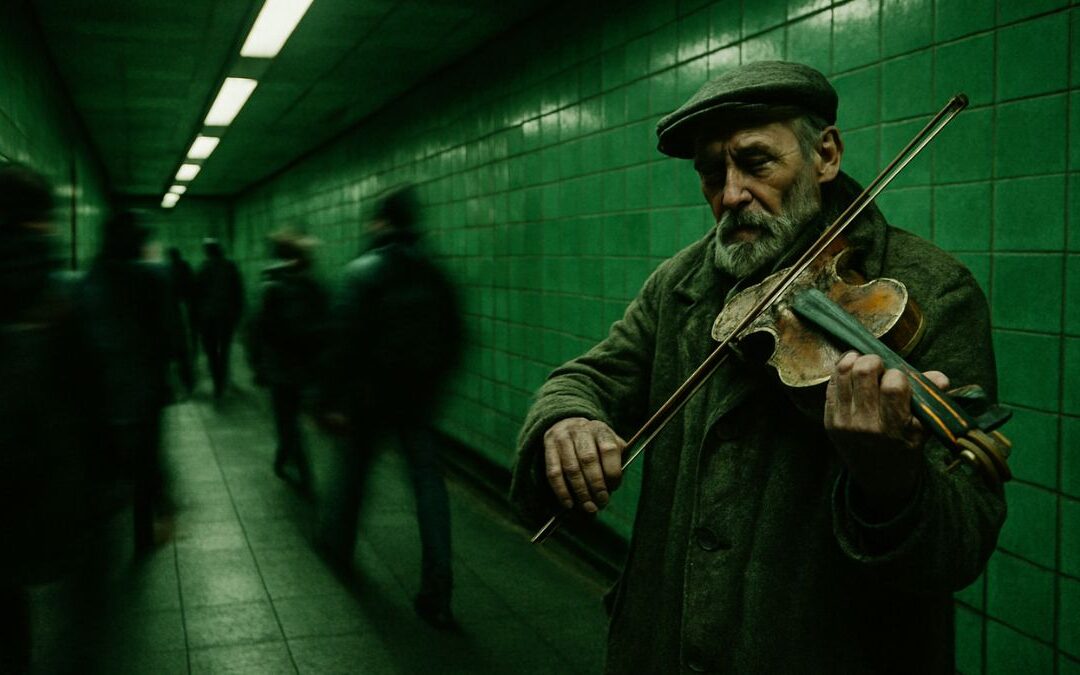
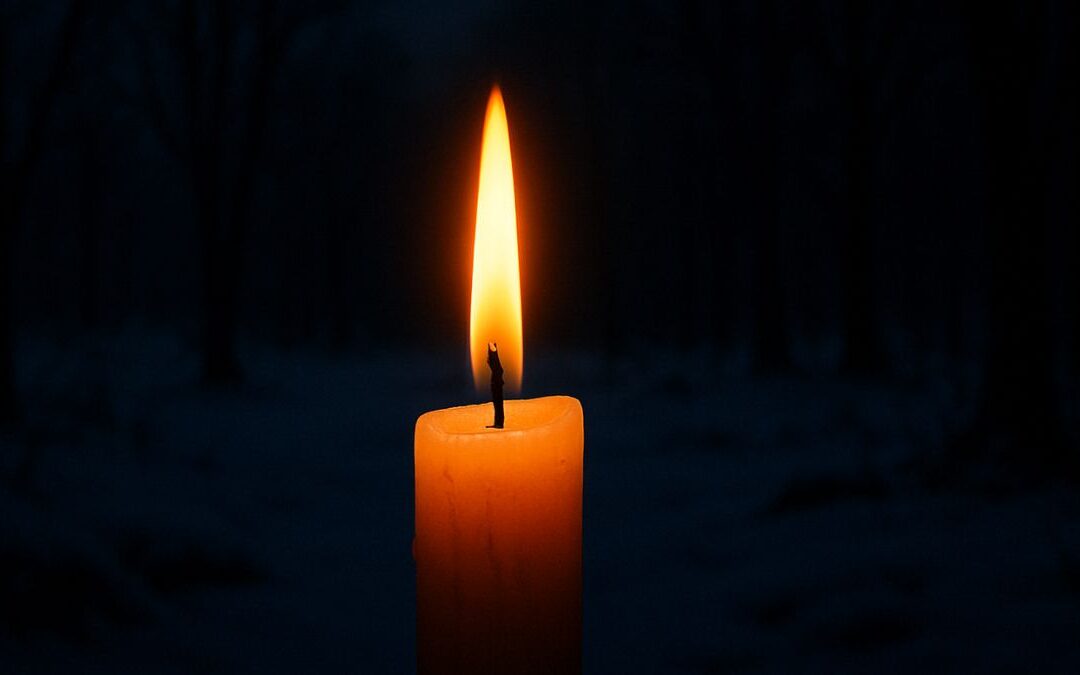
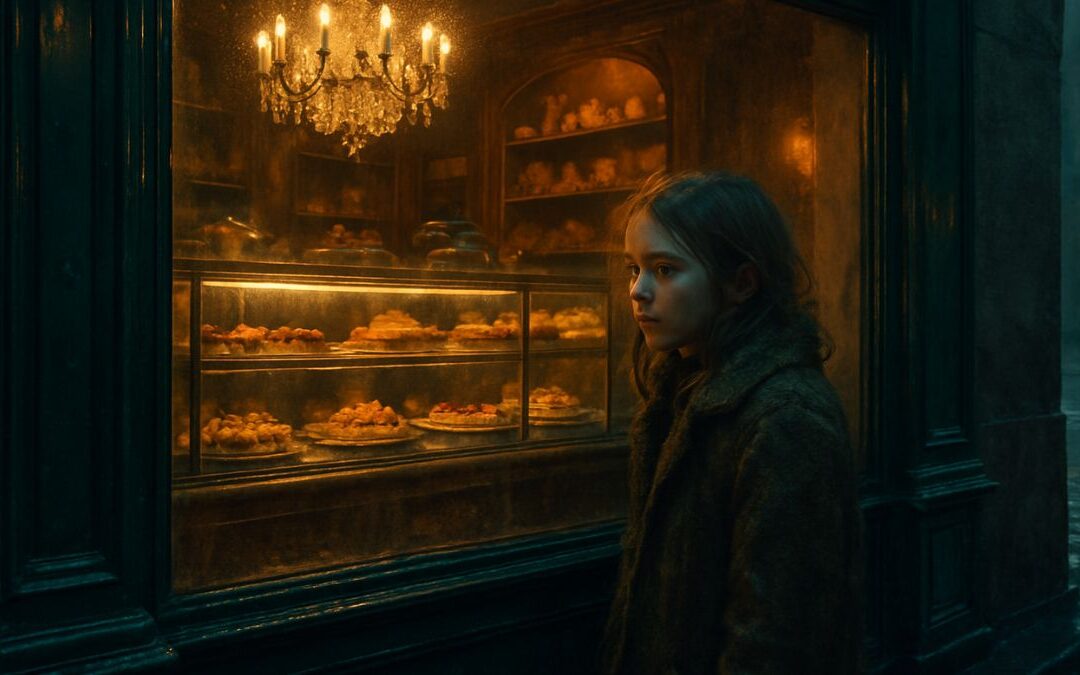
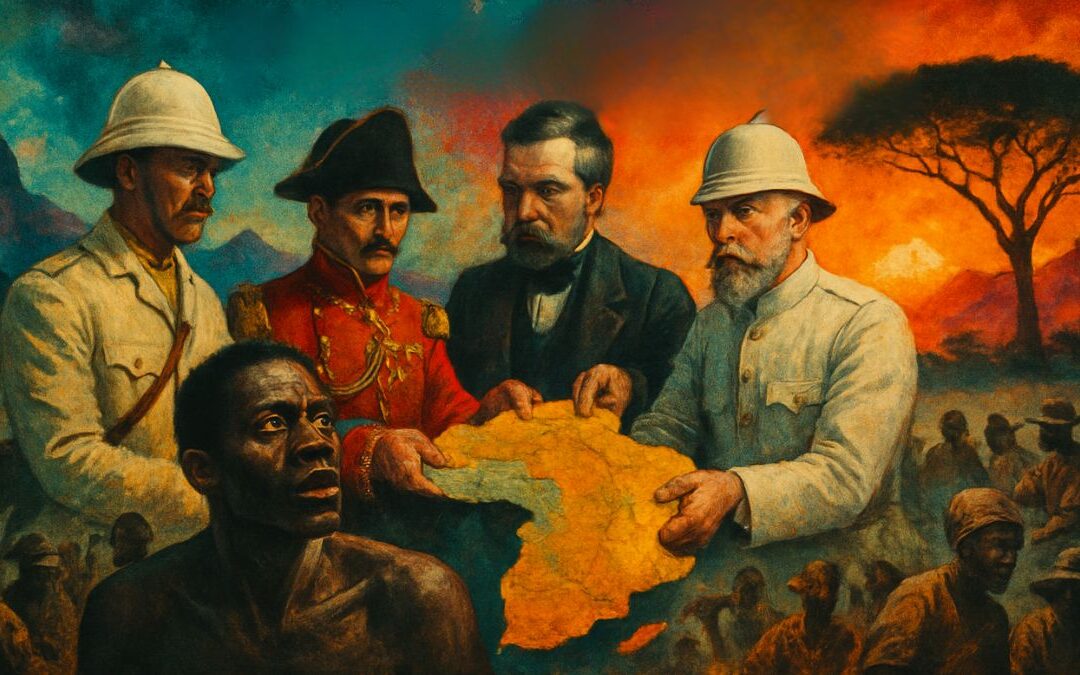
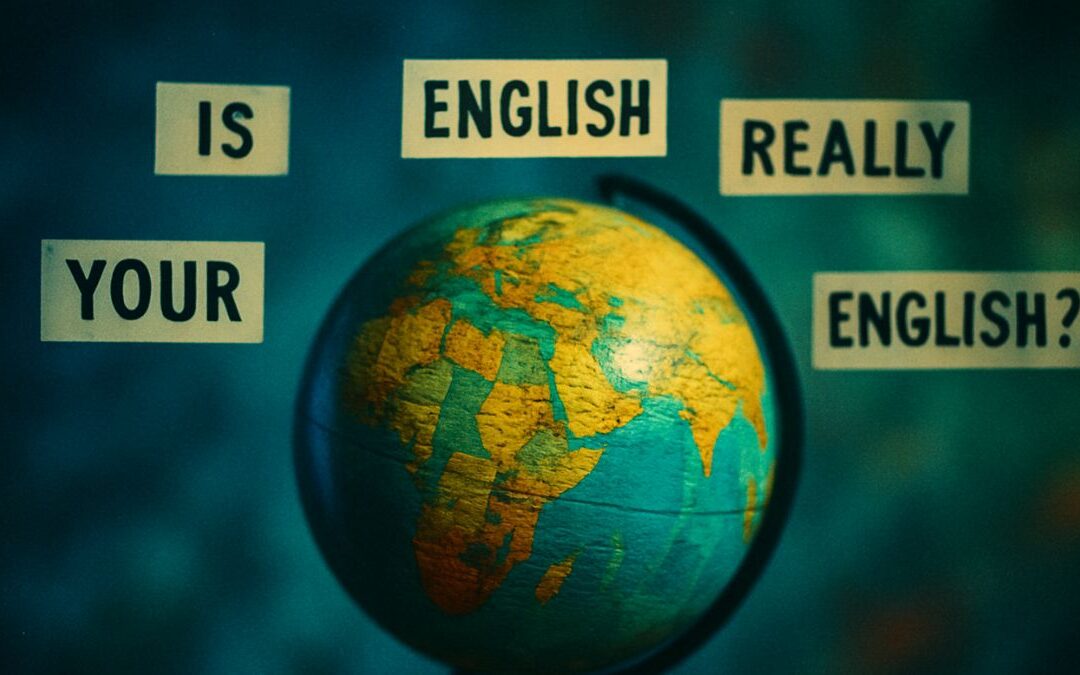
0 Comments